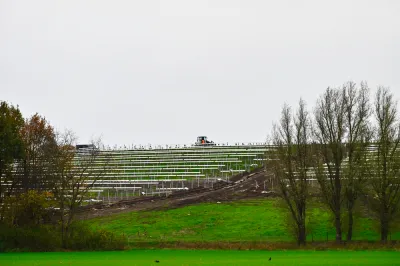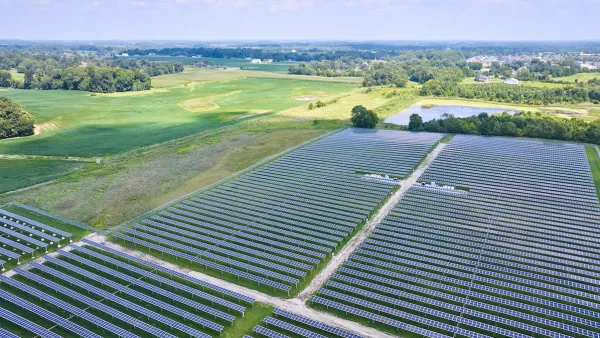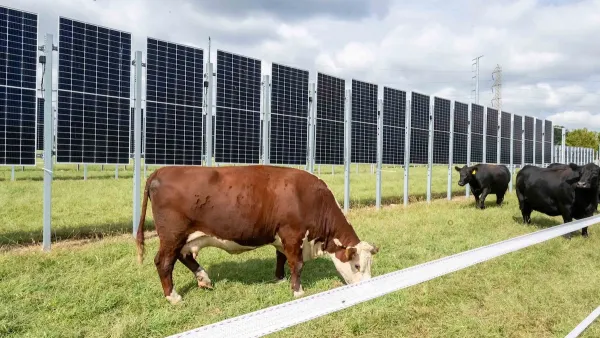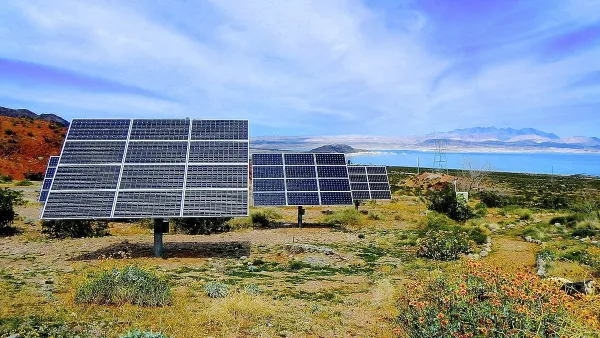Incentives aimed at brownfield development of renewable energy projects could give momentum to building solar farms on an underutilized property: closed municipal landfills.

A new tax credit created through the Inflation Reduction Act (IRA) could boost the construction of solar farms on shuttered landfills and other brownfield sites, which could reduce the impact of solar installations on virgin land and make renewable energy production accessible to more communities.
As Taylor Kate Brown explains in a Governing article, closed landfills offer unique challenges and unique opportunities. They are often owned by local governments, have strong sun exposure, and are unsuitable for other types of development, making them a logical site for energy production. “But placing solar modules on these sites requires a different kind of installation: a ballasted system that doesn’t drive foundations deep into the ground, avoiding piercing the landfill cap and unsettling the waste below,” Brown explains.
The success of subsidies and incentives for renewable energy production offered by state governments indicates that the federal tax break could encourage more brownfield development of clean energy projects. After Massachusetts created subsidies for renewable energy projects located on landfills, the state, which only has 7 percent of the nation’s landfills, became home to 52 percent of U.S. utility-scale landfill solar projects. Now, municipalities that previously rejected solar landfill projects due to cost or complications are revisiting the idea.
FULL STORY: Why Aren’t More Solar Farms Built on Municipal Landfills?

Analysis: Cybertruck Fatality Rate Far Exceeds That of Ford Pinto
The Tesla Cybertruck was recalled seven times last year.

National Parks Layoffs Will Cause Communities to Lose Billions
Thousands of essential park workers were laid off this week, just before the busy spring break season.

Retro-silient?: America’s First “Eco-burb,” The Woodlands Turns 50
A master-planned community north of Houston offers lessons on green infrastructure and resilient design, but falls short of its founder’s lofty affordability and walkability goals.

Test News Post 1
This is a summary

Analysis: Cybertruck Fatality Rate Far Exceeds That of Ford Pinto
The Tesla Cybertruck was recalled seven times last year.

Test News Headline 46
Test for the image on the front page.
Urban Design for Planners 1: Software Tools
This six-course series explores essential urban design concepts using open source software and equips planners with the tools they need to participate fully in the urban design process.
Planning for Universal Design
Learn the tools for implementing Universal Design in planning regulations.
EMC Planning Group, Inc.
Planetizen
Planetizen
Mpact (formerly Rail~Volution)
Great Falls Development Authority, Inc.
HUDs Office of Policy Development and Research
NYU Wagner Graduate School of Public Service




























